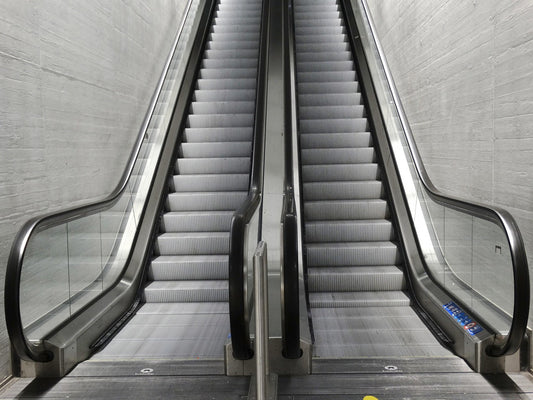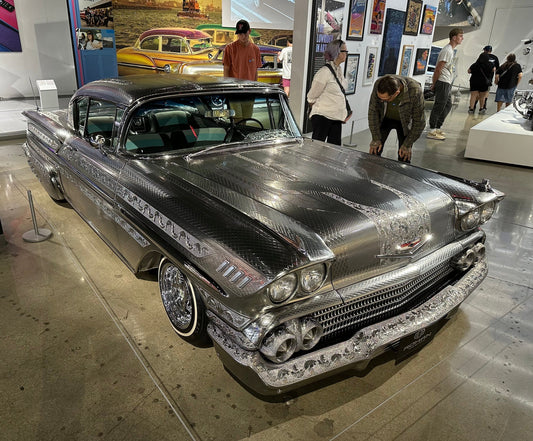At the dawn of hi fi there were a small handful of dealers, even fewer magazines, and scarce means to compare sound differences. Most people purchased on faith and whatever they bought was better than what they had before, which typically was nothing. Hard to go wrong.
As the industry grew so too did the avenues of purchase. Console stereos were sold in furniture stores and chosen more for aesthetic than performance. It wasn't until the late 60's and early 70's that dedicated hi fi stores began springing up, fueled first with hobbyists moving out of their garage, and expanding through experienced retailers seizing opportunities of emerging markets.
Most purchase decisions back then revolved around the loudspeaker - choosing electronics was something the salesman did because speakers needed to be matched to amplifiers - and John Q. Public was clueless to what an amplifier even did, let alone its impact on sound. And so, elaborate speaker switching systems were developed to aid in the purchase of the new box that made music in your living room. Speakers were placed on shelves without any care to positioning or room requirements. Choices were made with the push of a button and it was easy to tell which had better bass and highs. No care or thought was given to qualities we might assign as important today: realism, tonal balance, imaging.
I can remember trips to Asia where this wall of speaker idea blossomed into the room of speakers, twenty or thirty pairs consuming half the showroom. The room of speakers was better than the wall of speakers, but both seem so foreign to us today.
Slowly but surely the specialty retailers started popping up and their approach was very different indeed. Systems were curated for best sound, a novel methodology to what was turning into the WalMart approach at selling hi fi. Then, the pendulum swung in another direction. Sometime in the 80's Scottish brand Linn began requiring their dealers to demonstrate in rooms without any other speakers - true dedicated rooms. This was a purist idea, but occasionally taken a bit far, since it was a major pain in the keester for both customer and dealer - yet few demo rooms have done as well since. Today, we have a blend of things: Best Buy style 30 minute shopping selections, specialty retailers with dedicated listening rooms, and in-home demo programs.
I so admire the rare dealer who expertly curates whole systems to die for, but am still in love with the slogan we coined at our founding in 1973. "There's no showroom like your living room."









